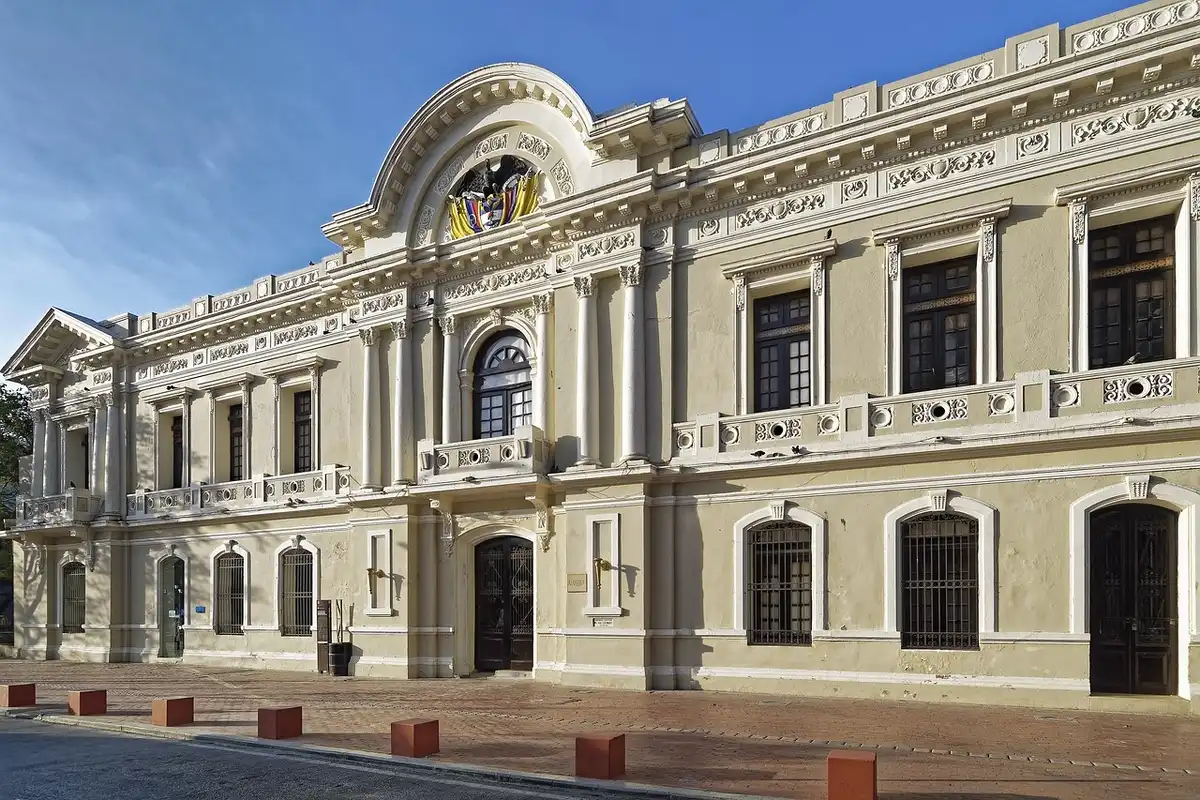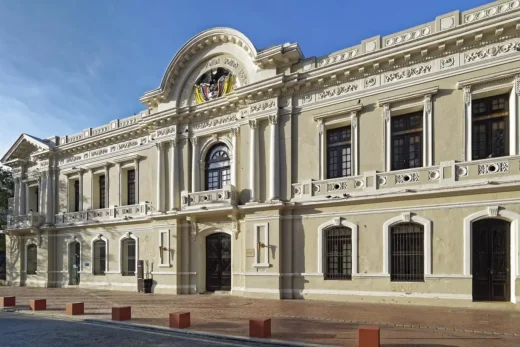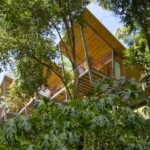Architectural considerations in the Northeast US, adapting designs to regional climate, Global buildings, Macau property
Architectural Considerations in the Northeast US: Adapting Designs to Regional Climate
15 April 2025
When thinking about building or renovating in the Northeast US, you must consider unique architectural factors. The region experiences a mix of weather conditions, from cold winters with heavy snow to warm, humid summers. It’s crucial to choose materials and designs suitable for these diverse climates to ensure durability and comfort year-round.
Natural landscapes and historical architecture play significant roles in shaping the area’s building styles. You often see influences from Colonial, Victorian, and modern styles blending with the natural surroundings. Integrating these elements harmoniously can enhance your property’s appeal and functionality.
Energy efficiency is another critical factor in the Northeast. With rising energy costs, incorporating energy-efficient technologies and sustainable materials is essential. This not only helps the environment but also saves you money on utility bills over time.
Historical Evolution of Northeastern Architecture
Northeastern architecture has transformed over the centuries. Colonial beginnings set the foundation, followed by the changes brought by the Industrial Revolution. Modern influences continue to shape the region’s architectural style.
Colonial and Early American Influences
Colonial architecture in the Northeast reflects European styles brought by settlers. Houses were primarily wooden, with steep roofs and plain exteriors. New England Colonials, like the famous Saltbox style, feature a long, pitched roof that slopes down to the back.
Brick buildings, seen in cities like Boston, show Dutch and English influences. Churches were central, often built in the Georgian style with symmetrical windows and steeples. The layout of towns mirrored European designs, emphasizing community spaces and practicality.
Industrial Revolution and Urban Development
The Industrial Revolution transformed urban areas in the Northeast, leading to rapid growth in cities. Skyscrapers and factories dominated, using steel and glass for construction. Notable examples include textile mills in Lowell, Massachusetts, which showcased the use of brick and large glass windows.
Railroads prompted the rise of ornate Victorian homes, with intricate details and decorative trims. Cities like New York expanded vertically, developing iconic neighborhoods such as Manhattan, where you’re likely to see influences ranging from Gothic to Beaux-Arts.
Modern and Contemporary Trends
Modern architecture in the Northeast is varied, showcasing innovation and sustainability. Skyscrapers now use advanced materials and are designed with energy efficiency in mind. Cities like Boston and New York boast cutting-edge structures using minimalist designs with sleek lines.
Suburban areas often blend traditional styles with contemporary elements, integrating new technologies and open-concept spaces. Green buildings utilizing solar panels and sustainable materials are more common as environmental awareness grows. These trends ensure that the architectural landscape remains dynamic and responsive to current needs.
Environmental and Climatic Influences
Architectural choices in the Northeast United States are heavily shaped by the area’s environmental and climate conditions. It’s vital to consider the weather patterns, natural features, and how they affect sustainability and site integration.
Weather Patterns and Building Sustainability
The Northeast faces diverse weather challenges. Winters can be harsh, with heavy snow and strong winds. You should focus on building designs that can handle these conditions. In towns like Lexington, Massachusetts, snow load and wind exposure are serious considerations — which is why roof replacement services in Lexington often incorporate materials tested for New England’s unique climate.
Summer months bring humidity and heat, necessitating effective ventilation and cooling systems. Using materials with good insulation properties is essential. It helps maintain indoor comfort and energy efficiency throughout the year. Think about how seasonal changes affect building maintenance and durability.
Natural Landscape and Site Integration
The natural features of the Northeast, like forests, hills, and coasts, greatly affect building site choices. Structures must blend with the land to minimize impact and enhance natural beauty. This can lead to creative architectural solutions, such as homes nestled into a hillside to maximize views.
Consider native vegetation in your plans. It plays a role in erosion control and helps buildings integrate with their surroundings. The choice of site and orientation also matters, as it influences resource use like natural light and water drainage. Adapting designs to these elements can significantly boost sustainability and functionality in your projects.
Material Selection and Construction Techniques
In the Northeast US, choosing the right materials and construction methods is crucial. This region faces distinct weather challenges, making it important to use materials that withstand harsh climate conditions and adopt energy-efficient building techniques.
Indigenous Materials and Resources
Using local materials offers several advantages. Granite, found in New England, is widely used for its durability and aesthetic appeal. It is quarried locally, reducing transportation costs and carbon footprint. Wood from regional forests is another option, often used in framing and finishes.
Brick is common in urban areas like Boston and New York City. It provides good thermal mass, helping regulate indoor temperatures. Additionally, clay deposits in the region support local brick production.
Innovative Construction for Energy Efficiency
Energy-efficient construction is becoming more common to reduce heating costs during cold winters. Insulation is crucial; options like fiberglass or mineral wool can keep homes warm. Energy-efficient windows with double or triple glazing help retain heat.
Renewable energy, like solar panels, is increasingly used. These are often paired with energy storage systems. Heat pumps are another innovation, offering both heating and cooling by transferring heat from the air or ground, making them suitable for diverse climates.
Comments on this guide to Architectural Considerations in the Northeast US: Adapting Designs to Regional Climate article are welcome.
American Architecture Designs
American Architectural Designs – selection:
Nancy and Rich Kinder Building Houston, Museum of Fine Arts Houston, Texas
Design: Steven Holl Architects
Commonwealth Pier Boston, Seaport World Trade Center, Boston, Massachusetts
Design Architect: Schmidt Hammer Lassen Architects
Building Articles
Bocatoma Taproom in Cerro de las Rosas, Córdoba, Argnetina
Architects: VS Arquitectura
Comments / photos for the Architectural Considerations in the Northeast US: Adapting Designs to Regional Climate – page on e-architect welcome.






